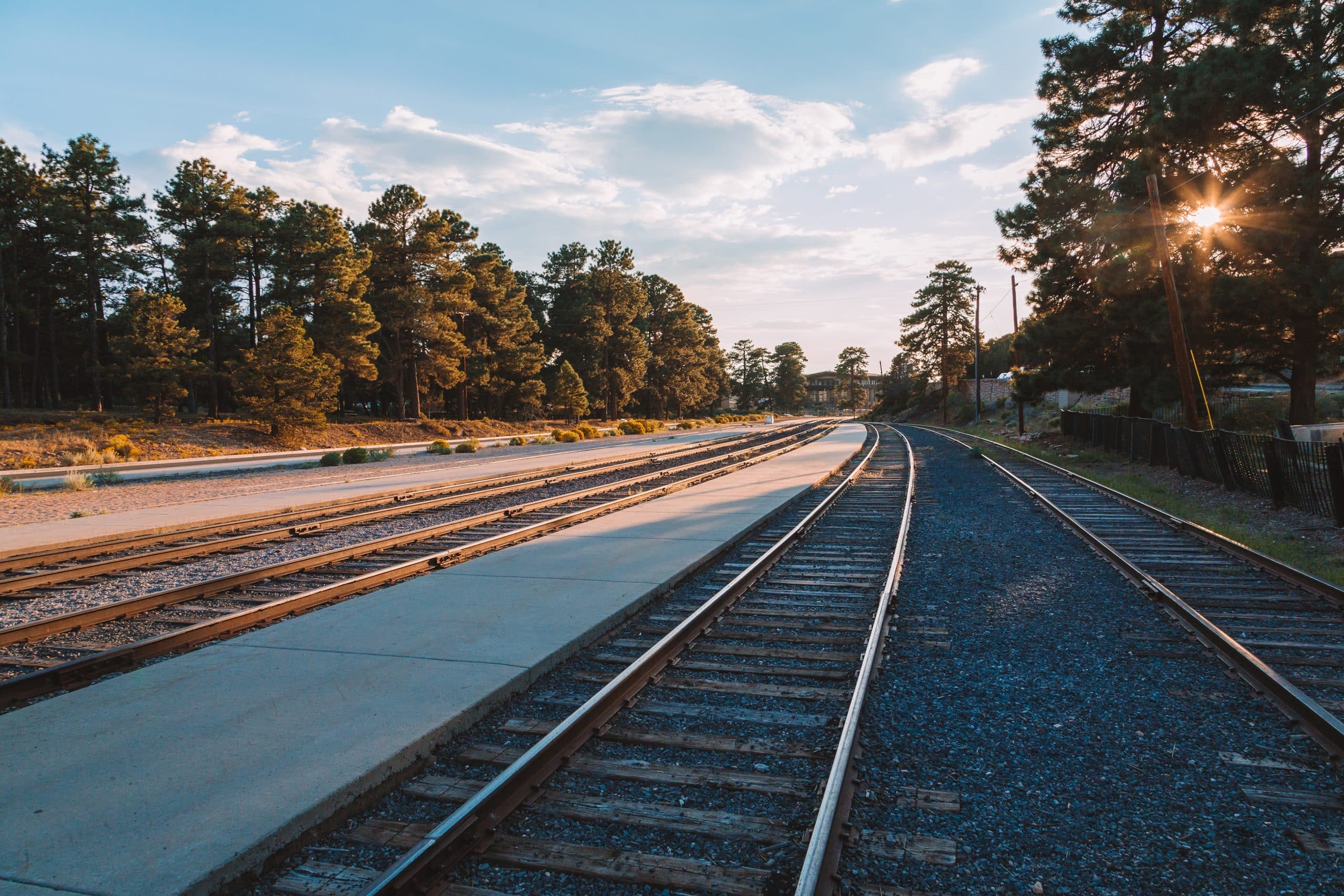Effect of rail fare and council tax rises on consumers

Anúncios

Ever felt the squeeze when those annual bills and ticket prices jump?
Anúncios
The Effect of rail fare increases, coupled with escalating council tax rates, translates directly into a heavier financial burden for everyday consumers. These simultaneous rises compel households to immediately reassess their financial strategies.
This dual pressure forces families to make complex trade-offs, often requiring them to adjust their daily spending habits and budgets simply to cope with essential housing and transportation costs.
Anúncios
Understanding this dynamic is crucial, as these policy and price shifts fundamentally reshape consumer behavior
Understanding rail fare increases
To grasp the understanding rail fare increases, we must first recognize how these changes influence everyday commuters. Ticket prices can vary widely, affecting budgets and travel decisions.
Why Rail Fares Increase
Rail fares are often raised to cover operational costs, maintenance, and improvements. Factors like inflation and rising energy prices contribute significantly to these increases.
Commuters can feel the impact immediately through their wallets.
- Increased fuel costs affect overall expenses.
- Upgrades to infrastructure often require funding through fare hikes.
- Government policies can lead to adjustments in pricing.
As fares go up, many consumers start reevaluating their transport options. For some, using public transport remains a necessity for commuting to work or school.
Others may opt for carpooling or switching to different modes of transport, reflecting ongoing challenges.
The Impact of Ticket Pricing
Higher rail fares often discourage frequent use. Commuters who rely on trains might travel less or choose alternative routes, impacting their lifestyle and travel habits.
This adjustment can lead to increased congestion on roads as passengers seek affordable alternatives. Understanding these dynamics is crucial for addressing consumer needs and preferences in transportation.
Moreover, the relationship between service levels and ticket costs cannot be ignored. When prices rise, customers naturally expect improved services, leaving them disappointed if these changes do not materialize.
Impact of council tax rises on budgets
The impact of council tax rises on budgets can be significant for households. These increases often lead to tough decisions as families allocate their resources to meet rising costs, affecting their overall financial stability.
How Council Tax Affects Daily Expenses
For many residents, council tax is a substantial portion of their living expenses. When rates increase, families feel the pinch. They might have to adjust their spending habits or cut back on other essentials.
- Increased council tax can lead to less disposable income.
- Households may struggle to afford other necessary services.
- Rising taxes often coincide with higher utility costs.
This increased financial burden can influence consumer behavior. Families may decide to forgo certain amenities or delay purchases of goods and services. The outlook may feel grim when faced with rising councils tax bills.
Long-Term Effects on Financial Health
Over time, consistently rising council tax takes a toll on financial planning. Households may need to rethink their budgets and investment strategies.
It’s not just immediate costs that matter; families must consider how these increases affect their long-term financial stability.
Some may even question whether they can afford to stay in their current homes. This uncertainty can contribute to increased stress and pressure on families, making it crucial to understand the broader implications of these tax increases.
How transport costs affect everyday expenses

The transport costs affect everyday expenses in many ways. Whether commuting to work or running errands, every trip adds to a household’s financial load.
As transport costs rise, families must think carefully about their budgets and spending habits.
Direct Impacts of Rising Transport Costs
When transport expenses increase, the first noticeable effect is on fuel costs. Families often have to allocate more money for gasoline or public transport fares. Higher transport expenses can lead to adjustments in travel behavior.
- Families may cut down on non-essential trips.
- People might choose to carpool or use public transport more.
- Some may consider moving closer to work to save on transport costs.
It’s also important to mention the ripple effect. For instance, if a family spends more on transport, they might decide to spend less on groceries or leisure activities.
This careful balancing act highlights how intertwined these expenses are with daily life.
Long-Term Changes in Spending Habits
Over time, regular increases in transport costs can radically change spending habits. More families look for economical choices, such as using bicycles or walking for short distances.
These lifestyle changes can be positive, promoting healthier living, but they are often driven by necessity.
Additionally, when families need to adapt to higher transport costs, they often explore remote working options or flexible schedules.
This shift can help reduce commuting frequency and costs, allowing households to regain control of their budgets. Recognizing how transport costs shape everyday life is crucial for informed financial planning.
Consumer responses to rising costs
The consumer responses to rising costs vary widely based on individual circumstances and needs. When prices increase, shoppers often find themselves adjusting their buying habits and rethinking their priorities.
Shifting Shopping Habits
Many consumers begin to seek alternatives. Instead of purchasing brand-name products, they may switch to store brands or discount retailers. This shift can help families manage their budgets more effectively while still meeting their needs.
- Consumers might buy in bulk to take advantage of lower prices.
- Sales and discounts gain more importance in purchasing decisions.
- Online shopping can be used to compare prices easily.
Responses can also include reducing overall spending. Households frequently cut back on non-essential items, focusing their budgets on necessities like food and utilities. This approach can lead to a more minimalistic lifestyle, as families prioritize spending in a changing economic landscape.
Long-Term Changes in Consumer Behavior

Over time, rising costs can lead to lasting changes in consumer behavior. People may develop a habit of budgeting meticulously or look for ways to increase their income.
Some may seek out side jobs or gigs to cover essential expenses, while others might invest in skills to enhance their job prospects.
This shift often encourages individuals to become more financially savvy, emphasizing the need to track expenses and seek better deals. Understanding overall spending trends helps families adapt to the economic pressures of rising costs.
Future implications for consumers
The future implications for consumers regarding rising rail fares and council tax pose significant challenges. As these costs continue to climb, consumers will need to rethink their financial strategies and anticipate the potential changes.
Financial Planning Strategies
With increasing costs, consumers must develop better financial planning strategies. A well-detailed budget can be essential in adapting to the changing economic landscape. Families may prioritize tracking their expenses to make informed decisions.
- Creating a realistic budget helps identify areas to cut back.
- Building an emergency fund can provide needed security.
- Identifying long-term savings goals can motivate better spending choices.
In addition to budgeting, consumers might also explore new income sources, such as side jobs or freelancing opportunities. This proactive approach can create a buffer against rising costs.
Shifts in Consumer Behavior
As costs rise, the behavior of consumers will likely shift significantly. More shoppers may prioritize sustainability by seeking local options or choosing public transport over driving.
These decisions can combine financial sense with environmental awareness.
Furthermore, the necessity of adapting to these implications could lead to a review of government policies. Consumers may advocate for fair pricing and improved public services, influencing how councils and transport authorities set their rates.
Understanding these future trends is crucial for consumers to navigate the coming changes effectively.
Conclusion: Navigating the Rising Tide of Costs
The combined Effect of rail fare and council tax increases constitutes a severe, non-negotiable headwind against household financial stability.
This pressure mandates a proactive approach from consumers, leading to significant and often permanent shifts in spending, saving, and commuting behaviors.
Understanding these interconnected costs is not just about budgeting; it’s about advocating for fair, transparent, and equitable pricing in essential public services.
The consumer response, characterized by strategic savings and increased financial scrutiny, ultimately shapes the market.
For an in-depth, academic perspective on how these rising costs impact lower-income populations and mobility, read the study:
The impact of rail fare increases on passenger demand and welfare in the UK
FAQ – Questions about the impact of rising costs on consumers
How do rising rail fares affect consumers’ daily lives?
Rising rail fares increase transportation costs, forcing consumers to adjust their budgets and possibly cut back on other expenses.
What budgeting strategies can consumers use to cope with higher expenses?
Consumers can create detailed budgets, prioritize essential spending, and explore additional income sources to manage rising costs.
What alternatives do consumers consider when faced with higher transport costs?
Many consumers switch to public transport, carpooling, or even biking as affordable alternatives to reduce their transportation expenses.
How can consumers advocate for fair pricing from local councils?
Consumers can participate in community discussions, provide feedback to local authorities, and support policies that promote fair pricing and quality services.
Liked the article?





